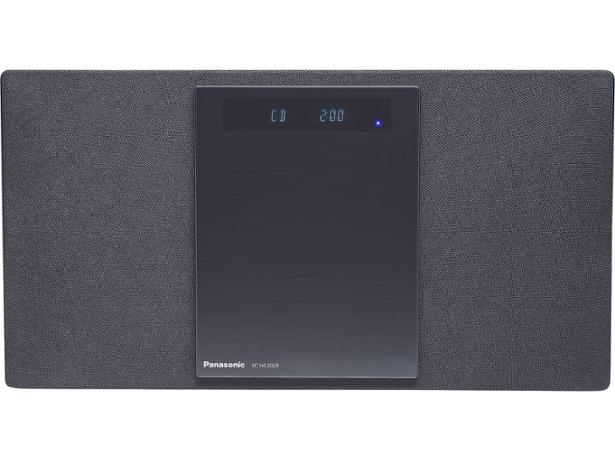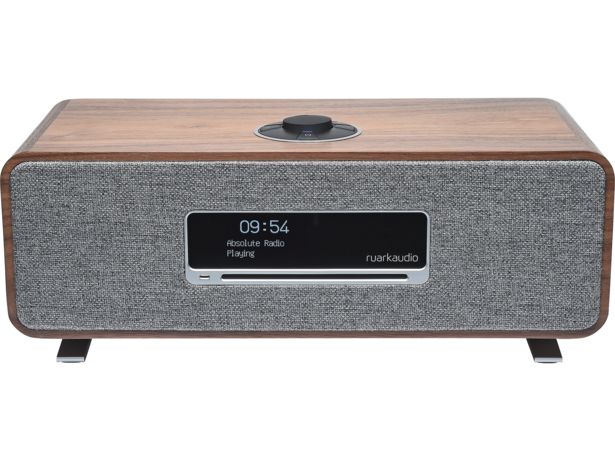How we test mini hi-fis

At Which? we know the difference that a great mini hi-fi can make to your life, whether you use it to relax to music in the living room, or catch up on Radio 4 while you're doing the washing up. That's why we make sure that our testing reveals the very best mini hi-fis to buy, and those to avoid.
A mini hi-fi can cost anything from £50 to £500, and be packed with features including a CD player, turntable, docks, Bluetooth and wi-fi. We assess each feature, and tell you exactly what each one does and how well it does it.
Our independent mini hi-fi tests cover all the important questions, including:
- What does it sound like?
- Does the brand name matter?
- How easy is it to set up?
- How easy is it to use?
- Should I buy it?
Find the right mini hi-fi for you with our best mini hi-fi systems.
What are Which? Best Buys, Don’t Buys, and Great Value models?

The mini hi-fis that perform best in our tests get our Best Buy recommendation. To earn this, the mini hi-fi has to score at least 70% in our exacting tests.
Any mini hi-fi that only scores 45% or lower we mark as a Don’t Buy and these should be avoided – the quality is well below average and you're not getting the quality of product you deserve.
The best-performing mini hi-fis in our assessments of course can be quite expensive, so we also give Great Value recommendations. These models also must do well in our professional tests, scoring 60% or more, but they're also well below average in cost. Specifically, they're at least 20% cheaper than the average cost of the mini hi-fis we've currently reviewed. So if our Best Buy selection is out of your price range, consider our Great Value models to make your money go further while still getting a quality mini hi-fi.
What does it sound like?
Our expert listening panel assesses sound quality using tracks from a collection of test CDs selected to put each system through its paces. They panel listens to classical, jazz, rock, pop and spoken word tracks in a controlled listening room.
Because of this, we can tell you if your Abba will sound atrocious, or your Beethoven brilliant.
The quality of the FM and DAB radios is also scrutinised to ensure that they are up to scratch and can deliver good sound quality from both strong and weaker stations. We also assess the sound that each system delivers when you're streaming music from an external connected device (such as an iPod) and listening to its music through the hi-fi system's speakers.
We also test how loud each system can go before the sound distorts, to see whether it's the type of hi-fi that would be ideal for a large room or a party, or whether it's really only suited to a smaller space where it would be used with the volume turned down a little.
Underpinning all these subjective sound quality tests is a raft of further technical tests that explore each system’s capabilities and limits, plus around 200 feature checks, where we test and log what they can do.
And we don't just test mini hi-fi systems against each other. In a recent investigation to find out what produces the best TV sound, we discovered that mini hi-fi systems actually perform better than most other sound systems. This test had our expert listening panel compare the audio from a mini hi-fi hooked up to a TV, with equivalently-scoring home cinema systems, sound bars and TVs on their own. Find out more about our findings in our best mini hi-fi systems guide.
Does the brand name matter?
Here at Which?, we're not blinded by brand names. We judge each mini hi-fi on its own merits without being influenced by the name on the label.
During testing we mask out brand names to eliminate any bias, and we sneak in the same products twice to ensure consistency.

How easy is it to set up?
We check to see how easy the system is to set up, by assessing how intuitive the process is - whether it's plug-and-play or whether you need to refer to the quick-start guide or full instructions. We carefully check how useful and well laid out those instructions are and how easy it is to identify and plug in all the cables you need. Once the system's connected, we rate how simple it is to set the clock, tune in the radio stations and get going.
In doing this, you can be sure that when you get a Best Buy mini hi-fi home, the time between opening the box and listening to it will be minimal, with no frustration in between.
How easy is it to use?
We carefully assess each hi-fi system for everyday ease of use. This includes loading and unloading CDs, switching between music sources, using the remote control and operating the buttons and dials on the main unit.
We also check how easy it is to use any of the sound adjustments - the tone controls, graphic equalisers or special effects. Plus we rate how easy it is to connect and control an external device, such as an iPhone or iPod, to stream the music stored on it.
Should I buy it?
Each of the assessments described above goes part way to making up a total test score, which is the percentage awarded to each mini hi-fi.
- 65% sound quality
- 25% ease of use
- 10% features
Models that score 70% or more are given a Best Buy rating, while any mini hi-fi that scores 45% or less is rated a Don't Buy.



